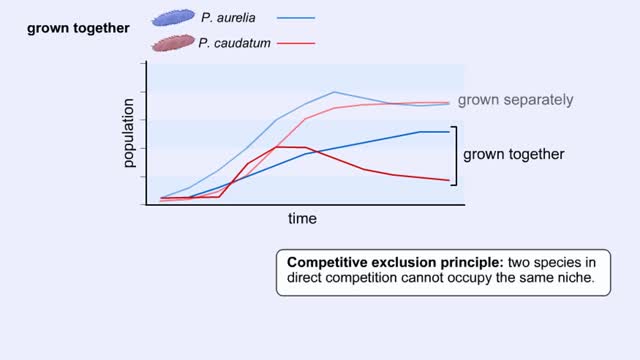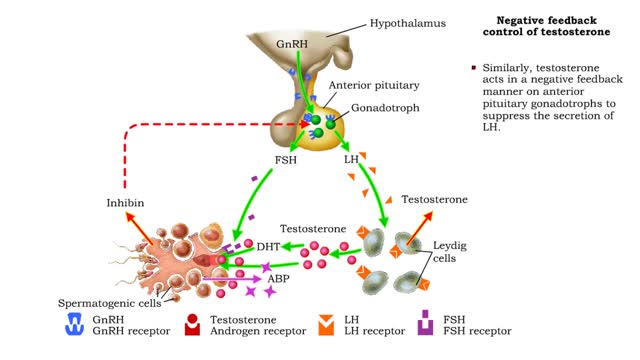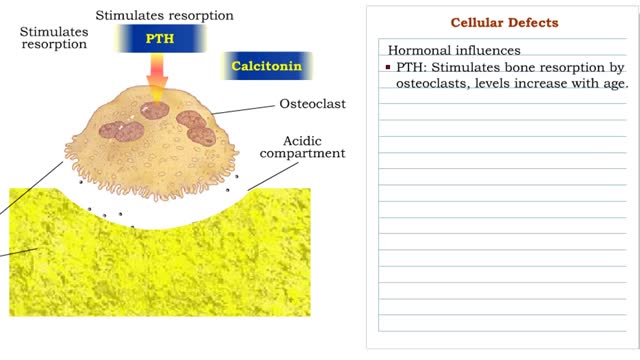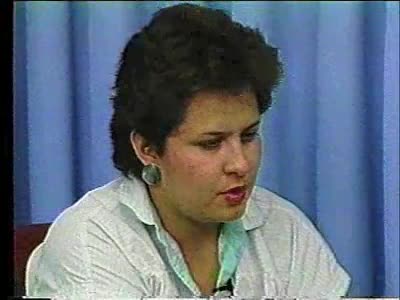Search Results
Results for: 'reaction rate'
Interspecific Competition Relationship - Competitive & Niche Differentiation
By: HWC, Views: 11406
In an environment with limited resources, any organisms that utilize the same resources will be in competition with each other. For example, let's look at two competing species of paramecium, a single-celled organism that feeds on bacteria. If we raise each of these species in isolation, both...
Male Reproductive System - Testosterone
By: HWC, Views: 12350
• Under the influence of FSH and testosterone, Sertoli cells produce androgen-binding protein (ABP) that binds to testosterone and maintains high levels of the hormone near spermatogenic cells. • Testosterone stimulates the final stages of spermatogenesis. • In addition, testosterone is...
By: Administrator, Views: 14516
Smoking cessation (also known as quitting smoking or simply quitting) is the process of discontinuing tobacco smoking. Tobacco smoke contains nicotine, which is addictive and can cause dependence. Nicotine withdrawal makes the process of quitting often difficult. Seventy percent of smokers wou...
The primary factors that affect circulation - MABP, CO and SVR
By: HWC, Views: 12107
Introduction Blood flow is determined by the relative intensities of factors that drive and resist moving blood. • Cardiac output (CO) equals the mean arterial blood pressure (MABP, a driving force) divided by systemic vascular resistance (SVR, a resisting force). • Hormones and the cen...
Cellular Defects - Osteoblasts, Osteoclasts and Osteocytes
By: HWC, Views: 11358
■ Metabolically active bone-building cells that secrete astroid. ■ Cover surfaces of newly formed bone and respond to growth stimuli ■ Less responsive to growth factors as the body ages. ■ Contribute to hone loss once their reproductive and biosynthetic potential lessens....
Glucose anabolism reactions: Glycogenolysis and Gluconeogenesis
By: HWC, Views: 12058
• Glucose not needed immediately is stored as glycogen. The process that creates it is glycogenesis. • When ATP is needed for body activities, stored glycogen is broken down by a process called glycogenolysis. • Glucose can be formed through two different anabolic reactions: • Glycog...
Factors that affect conduction rates (myelination, axon diameter & temperature)
By: HWC, Views: 11841
• Several factors determine the rate of conduction of action potentials: • Myelination • Axon diameter • Temperature • The step-by-step depolarization of an axon is called continuous conduction and occurs along unmyelinated axons. • Neurons in the PNS have many axons that ...
Coaductile pathway, Timing of contraction signal & Conduction system and ECG
By: HWC, Views: 11906
• When the system is healthy, the signal to contract the entire conduction system originates in the SA node - known as the heart's pacemaker. • The SA node triggers contraction because it depolarizes at a faster rate than other parts of the conduction system. • The wave of excitation fr...
Interview with Person who has Schizophrenia
By: Administrator, Views: 15348
Schizophrenia is a mental disorder characterized by abnormal behavior, strange speech, and a decreased ability to understand reality. Other symptoms include false beliefs, unclear or confused thinking, hearing voices that do not exist, reduced social engagement and emotional expression, and lack ...
Advertisement











